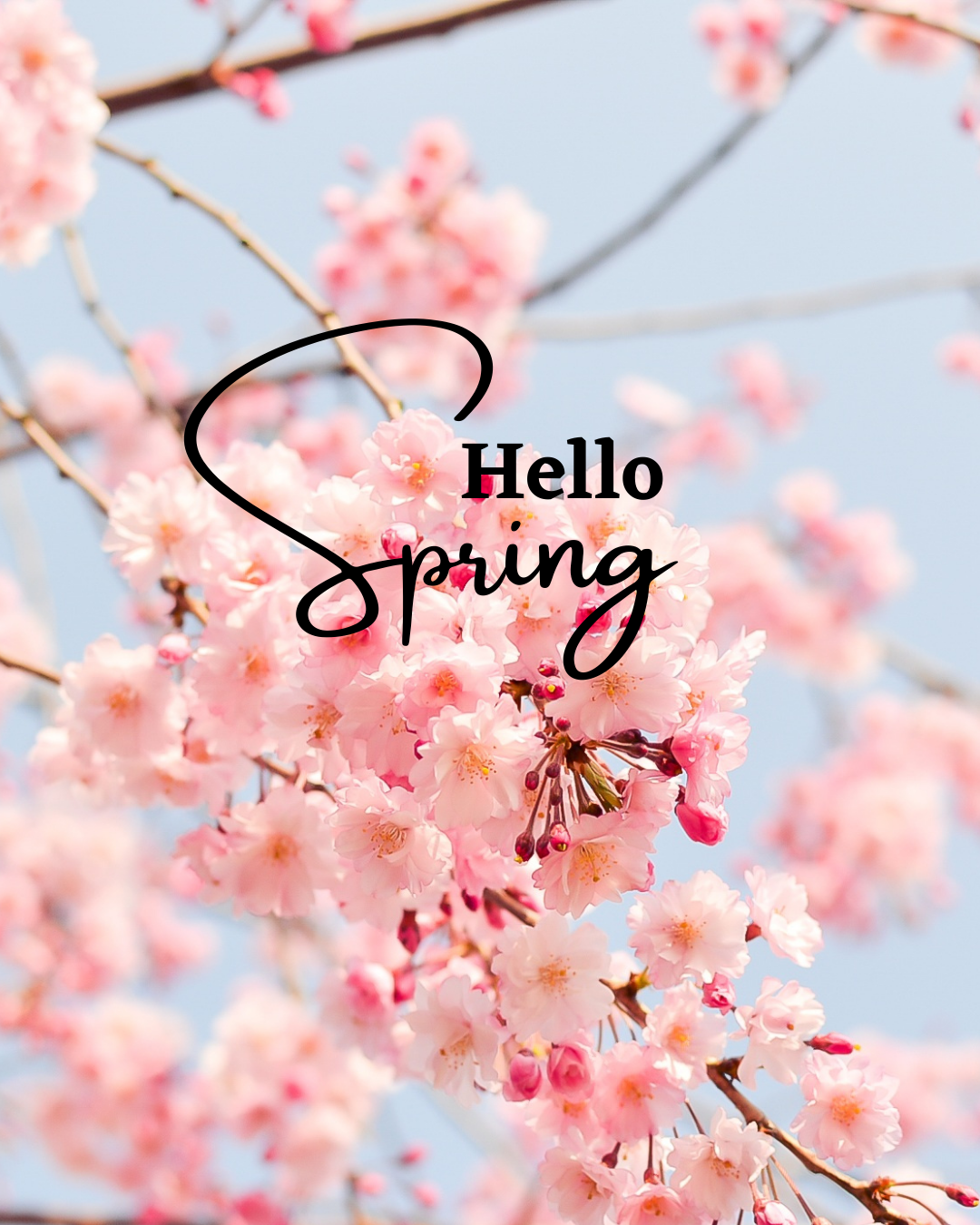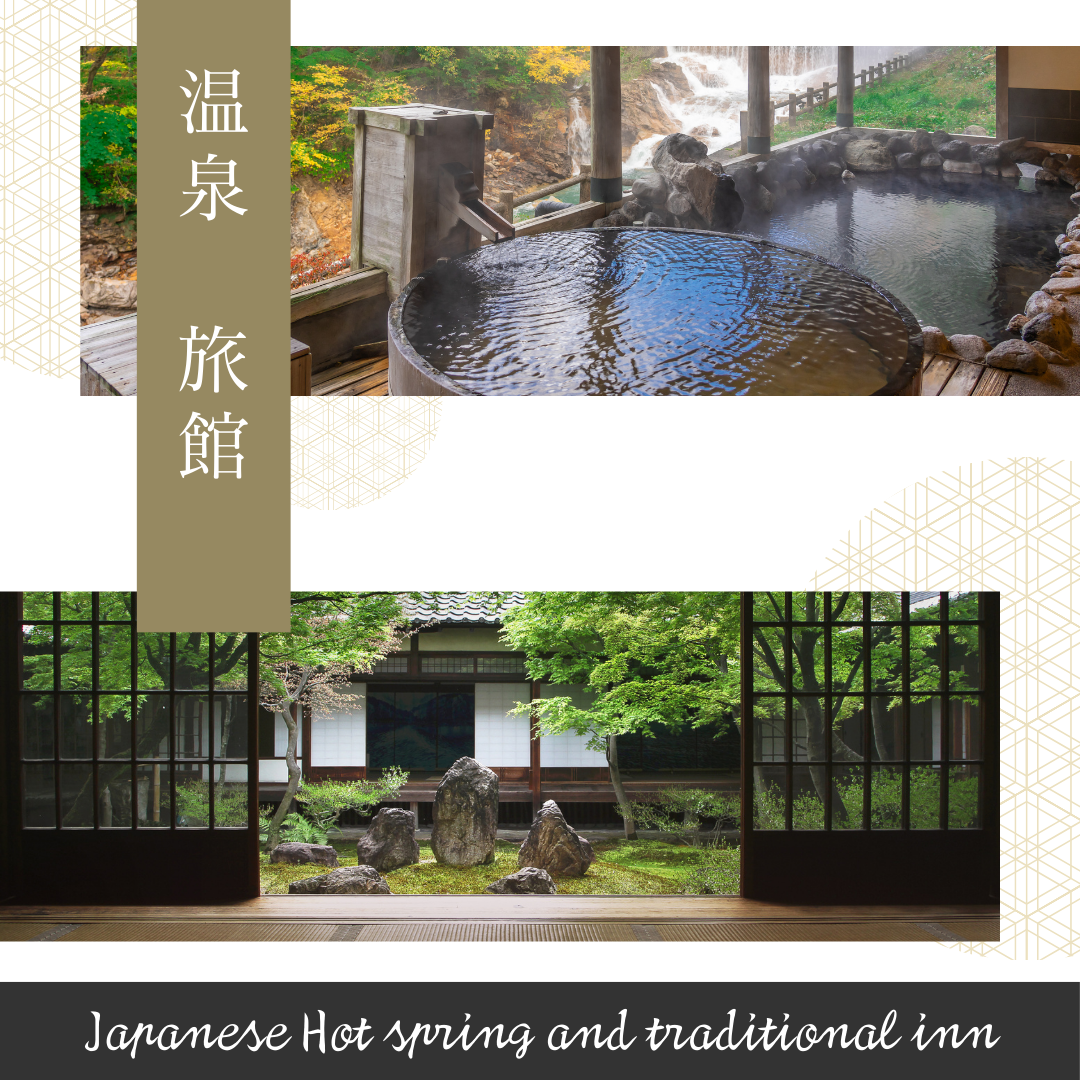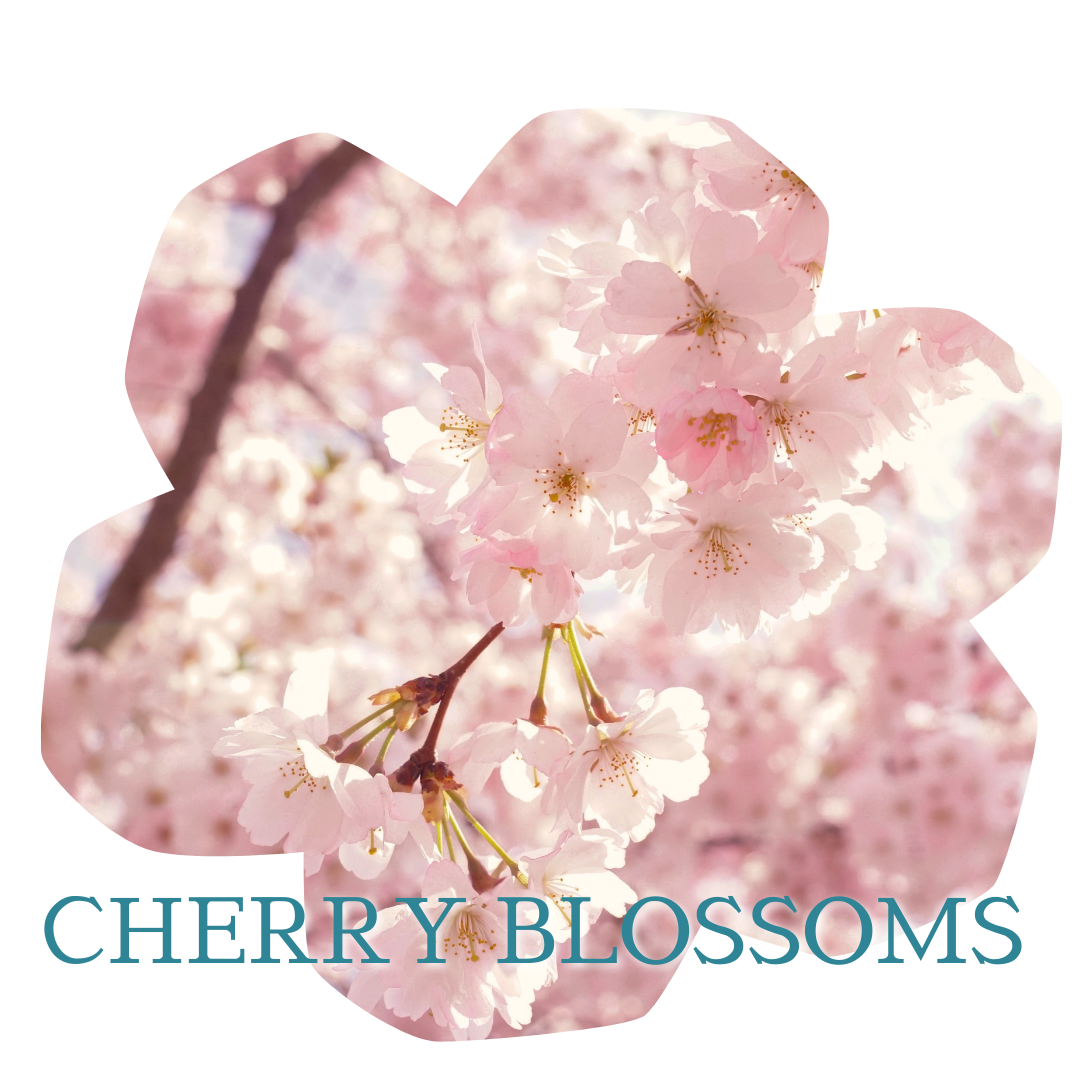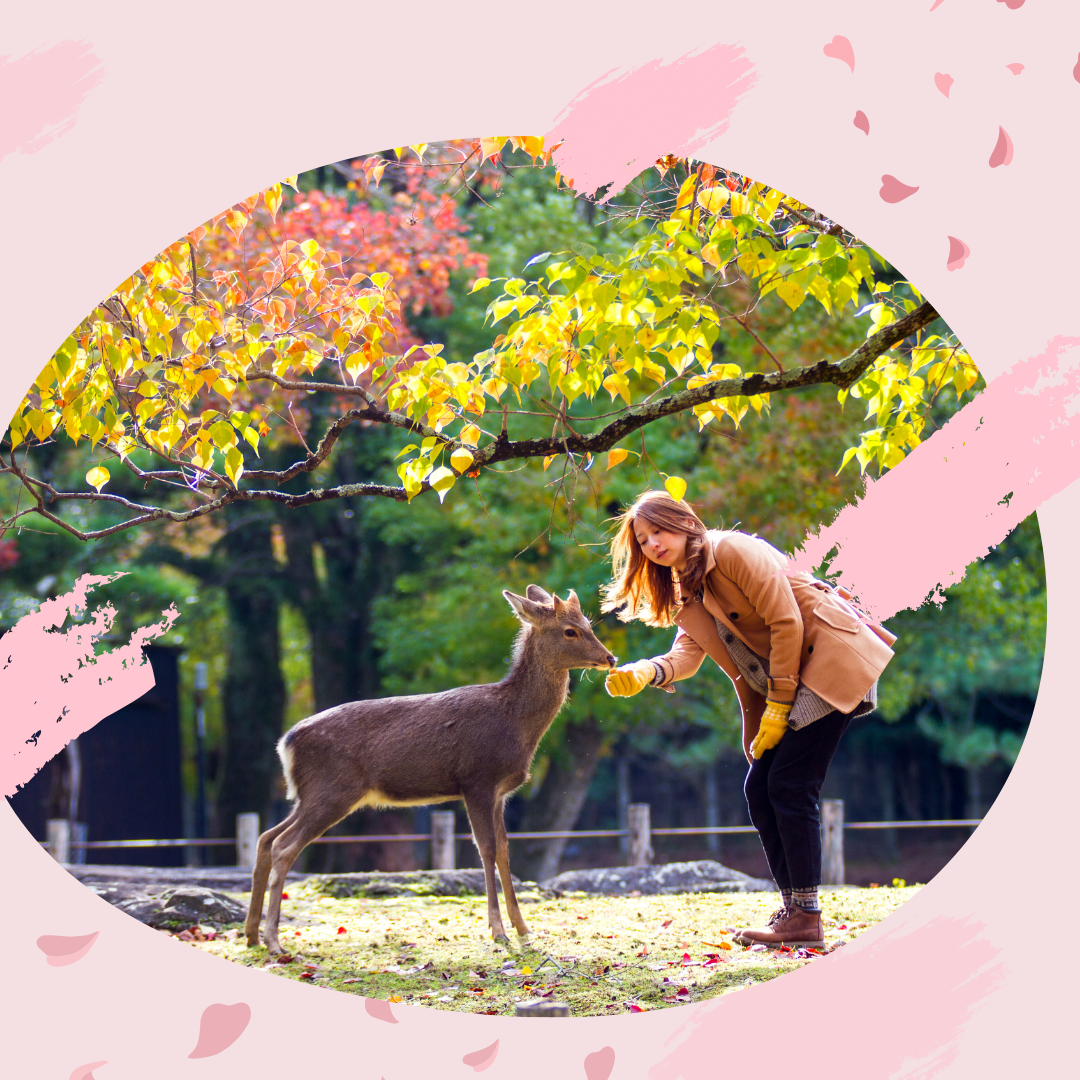If you are now in Japan, I surely believe you feel climate transition in a week.Cherry blossms are atrating to bloom, and we can begin to feel the arrival of spring. Sansan-shion, often described as “three cold days followed by four warm days,” encapsulates the unique climate pattern experienced in Japan, especially during the transition from winter to spring. Originally derived from Chinese weather observations, the term has been embraced in Japan to describe a distinctive seasonal phenomenon. 1. What is Sansan-shion? Sansan-shion refers to a weather cycle where temperatures alternate between colder days and warmer days. It serves as a subtle indicator of the gradual shift toward spring, a …
三寒四温 Understanding Japan’s Climete Transition “Sankanshion”





